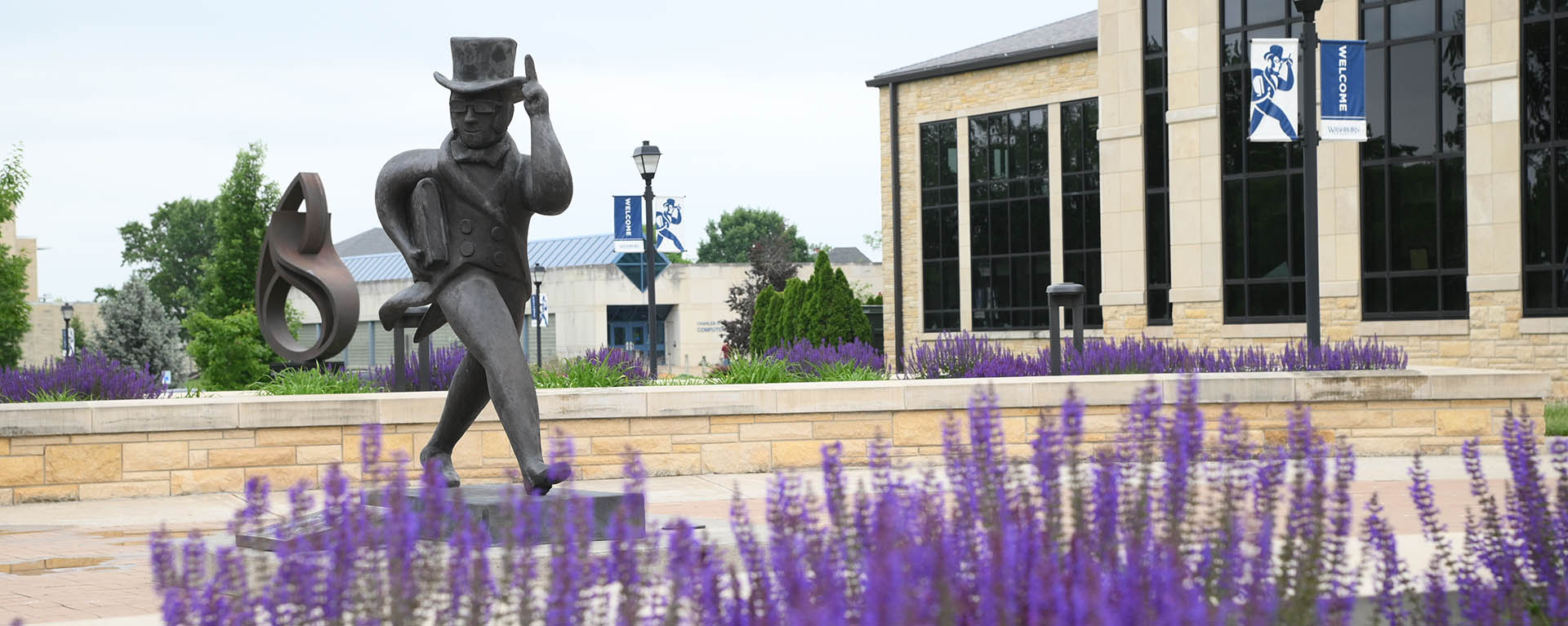
A. Use of animal rooms and related facilities
1. Persons authorized to use animal care facilities.
Use of animal facilities is restricted to members of the faculty of Washburn University. Students or other persons may use these facilities only under the supervision of a faculty member. Responsibility for proper care and treatment of animals remains that of the faculty member.
2. Allocation of facilities
Allocation of space and facilities shall be the prerogative of the Department to which the facilities are assigned, not of the Institutional Animal Care and Use Committee.
3. Rules governing animal room operations
a. Reporting Animal Use. Numbers and kinds of all mammals brought into University animal facilities shall be reported in writing at the end of each semester to the chair of the Institutional Animal Care and Use Committee. For mammals other than laboratory rats and mice, a record of source, date of acquisition, and disposal shall be maintained by the responsible faculty member and submitted to the chair.
b. Animal identification. all cages must be clearly labeled with the name of the responsible faculty member. Dogs and cats must be individually identified as stipulated in Title 9 of the Animal Welfare Act.
c. Animal maintenance. The responsible faculty member shall provide animal care in accord with standards set forth in the Title 9 of the Animal Welfare Act. Particular attention must be given to the following:
- Title IX requirements for cage size and construction must be met.
- Animals shall receive food at least once a day except as dictated by hibernation, veterinary treatment, normal fasts, or other professionally accepted practices.
- Cages must be maintained clean and bedding dry. Rodent and rabbit cages should be cleaned twice weakly, dog and cat cages cleaned daily. Cages should be disinfected before receiving new animals.
d. Feral and/or non-experimental animals. Non-experimental animals and feral mammals shall not be brought into the animal rooms without specific prior consent of the Institutional Animal Care and Use Committee.
B. Rules governing use of mammals in education or research projects
1. Animal use requiring specific approval by the Institutional Animal Care and Use Committee
a. All animal studies involving invasive procedures (other than routine withdrawal of blood or injection of drugs) or in which pain or stress to the animal may result must be approved by the Institutional Animal Care and Use Committee
b. All studies involving dogs, cats, or non-human primates must have prior approval of the Institutional Animal Care and Use Committee
c. Euthanasia, when appropriate, must be administered by a method approved by the Institutional Animal Care and Use Committee.
2. Procedures for committee review of proposed animal studies
a. Complete protocols for proposed animal studies shall be presented to the chair of the Institutional Animal Care and Use Committee.
b. Copies of protocols will be distributed by the chair to each committee member.
c. Committee members shall have seven days after receipt of a protocol to submit written objections or suggestions pertinent to that protocol.
d. Failure to receive written objections or suggestions within the allotted seven days shall be interpreted by the chair as approval by any committee member.
e. Final approval shall require concurrence of the majority of the Institutional Animal Care and Use Committee.
f. All suggestions or comments by committee members regarding a particular protocol shall be transmitted to the investigator who authored the protocol by the chair.
g. In the event that a protocol is not approved by the Institutional Animal Care and Use Committee, the author of that protocol may:
- revise his/her protocol in accord with the suggestions of committee members and re-submit the protocol to the chair or
- request that the chair convene the Institutional Animal Care and Use Committee to hear arguments concerning the protocol. Approval of a protocol by the convened committee shall require a simple majority of the full committee.

